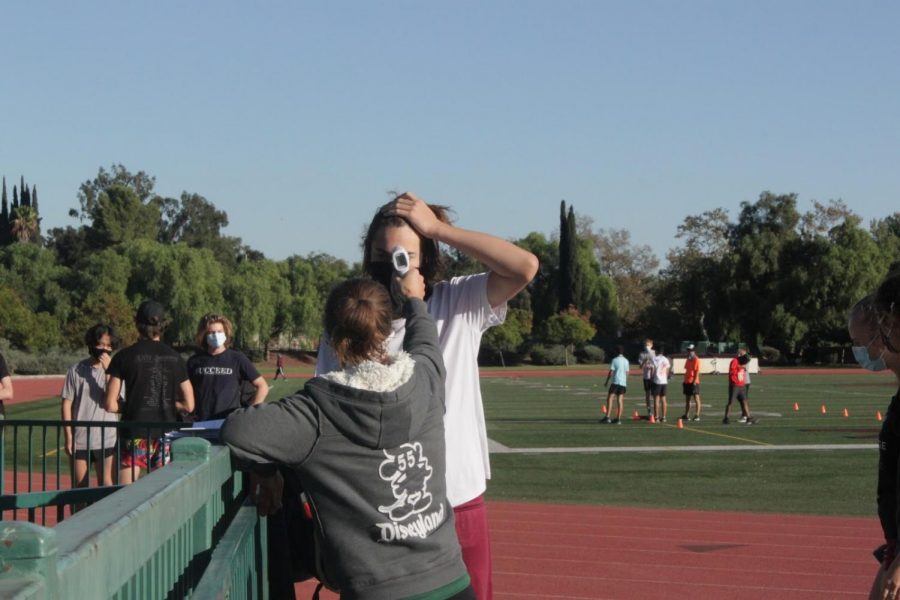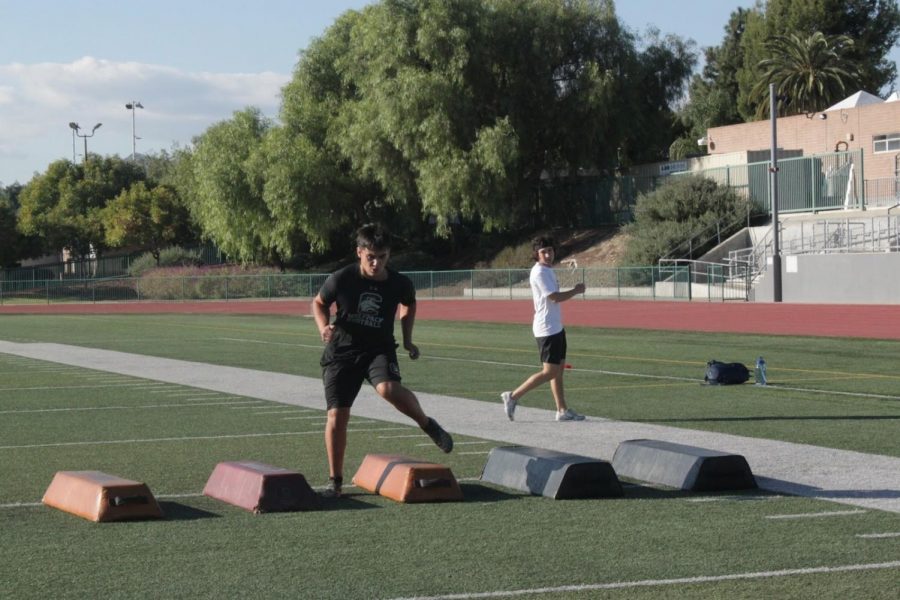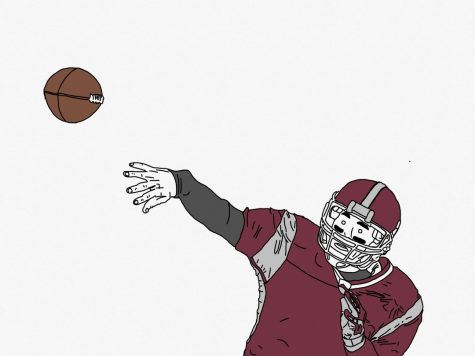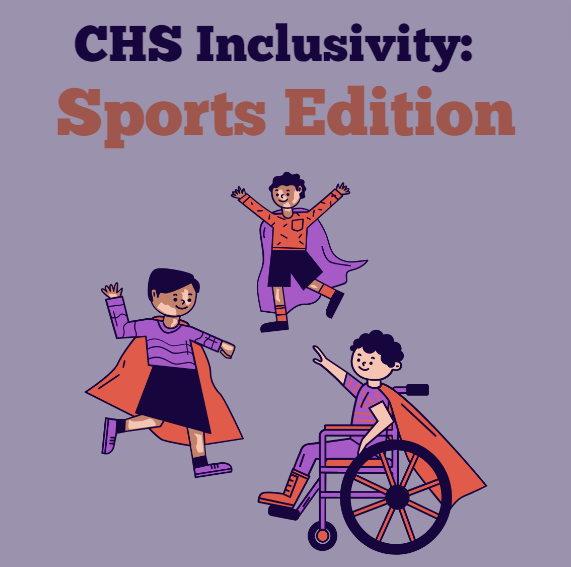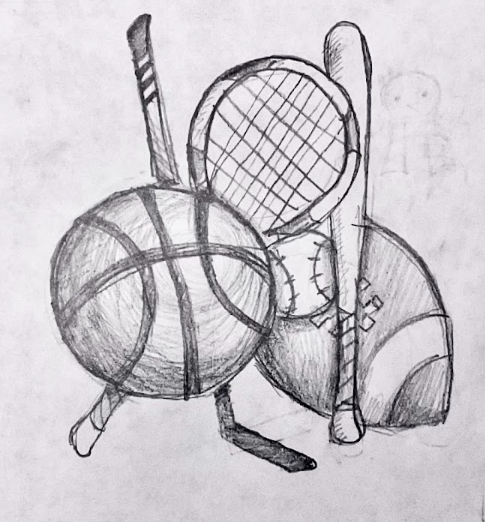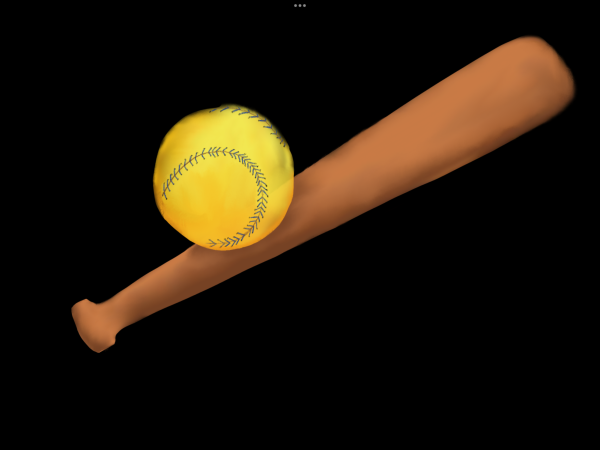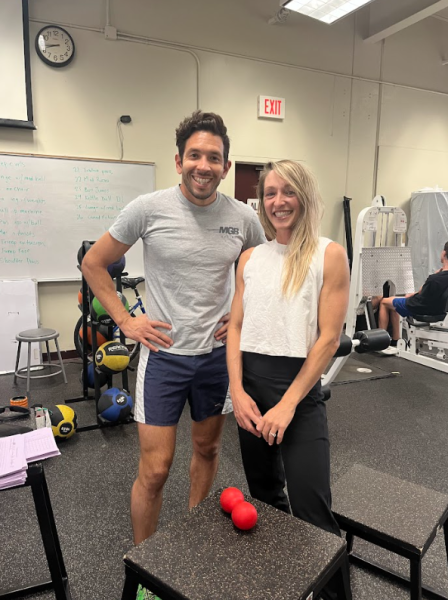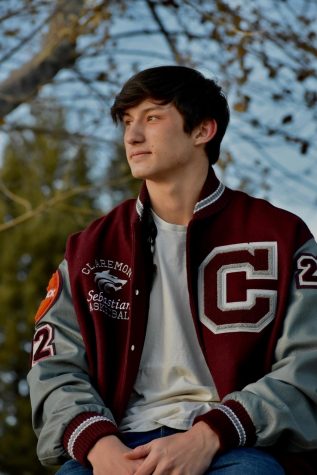Novel coronavirus infects sports: recently begun practices include novel routines
Although the first chance for academic life in Claremont to return to some semblance of normalcy is February, the possibility for a somewhat typical routine is far greater for athletics. At the moment, many CHS sports are putting in their best effort to implement normalcy during this hectic time. In fact, many have started practices in hopes of being ready for a possible “fall” season starting late December to early January. More information about the projected “fall” and spring seasons can be found here and here, and CIF is expected to release guidelines corresponding to California county tier classifications in the coming weeks. Teams which are holding practices have had to make changes and overcome challenges but have been able to adapt as much as possible to the new circumstances of high school sports.
All sports teams must adhere to the new COVID-19 safety protocols. Upon practice arrival, athletes must complete a health screening to determine if they are safe to practice, which consists of a temperature check and completing a health-related questionnaire. Once cleared to participate, athletes are required to wear a mask unless conditioning and must partake in physical distancing throughout the duration of practice. Remaining physically distanced is a necessary but burdensome requirement, as contact sports can no longer practice gameplay.
While all the teams have to follow these restrictions, the ways in which they have adapted vary. For instance, in addition to their six weekly practices, cross-country athletes are expected to run outside of practices to assure that they continue to improve on their own. Unfortunately, despite holding practices, the chances of having a competitive season occur are slim.
“I think we probably won’t have a season; I just think it’s going to be too dangerous to actually have a meet,” senior and cross-country captain Lily Widrig said. “And it really sucks but it’s a reality.”
In place of meets, the team has raced in time trials, but they are a far cry from the excitement of real meets. Like cross-country, currently, the closest volleyball players can get to actual gameplay is practicing with a partner. Volleyball has implemented a rotation system, where players are placed into groups that switch between conditioning and weight training, ball handling, and partner work.
The baseball team has taken a different approach, and has distributed keys to the batting cages so that players can choose to train individually. Baseball has been one of the lucky sports when it comes to being able to practice similarly to pre-pandemic times.
“So far it’s gone pretty well, we’re able to do batting practice as keeping the kids spaced out, while getting good practice in,” varsity baseball assistant coach Jeff Willaims said. “Of course it would work better if we didn’t have to stay six feet apart, but it’s going as well as it can.”
Hopefully, because the COVID-19 restrictions have a lessened impact on baseball, they will be just as ready to start the season as they would normally. However, some teams have not been so lucky, as football is perhaps the sport hit hardest by all the new restrictions.
“Sadly we are not able to practice football,” varsity football coach Shane Hile said. “Right now we can only lift weights and do conditions and footwork drills.”
While it is unfortunate that the football team cannot partake in full practices, ideally they will safely be allowed to by the time the season starts. CHS’ season is set to kick off on January 8 against Damien, but it is questionable whether or not spectators will be allowed. However, football is not the only sport struggling, as eliminating physical contact has also created unique challenges for the cheer team. Instead of using practice time to learn group routines and stunts, they now can only work on individual basketball and football cheers. In addition to in-person practices, the cheerleaders also attend online practices via Zoom and are assigned individual conditioning.
The COVID-19 pandemic has undoubtedly impacted the various aspects of campus athletics. However, each team has risen to the occasion, and even when chances of seasons continue to dwindle, the teams have continued to work hard and will hopefully have a chance to prove themselves. Adapting to these unprecedented changes has been difficult, but CHS sports are remaining strong and persevering through this period.
Hello there! Our goal is to provide relavent, engaging journalism for readers of all ages. Your donation will support the student journalists of the Wolfpacket at Claremont High School, and will allow us to purchase equipment, print our monthly issues, and enter in journalism competitions. We appreciate your consideration!
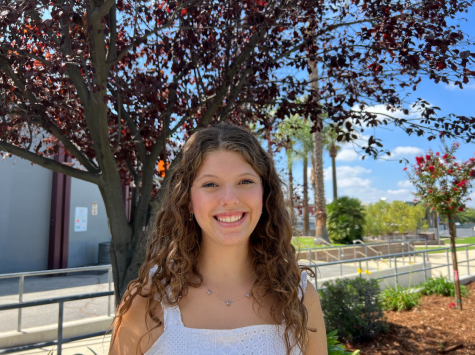
Melina Tisopulos is a senior and the Editor-in-Chief of The Wolfpacket. Melina loves to write and intends on studying journalism or English in college....

Michael Ball is a sophomore at CHS and he is very excited for his first year at the Wolfpacket as a reporter. Ball is a member of the CHS Speech and Debate...





